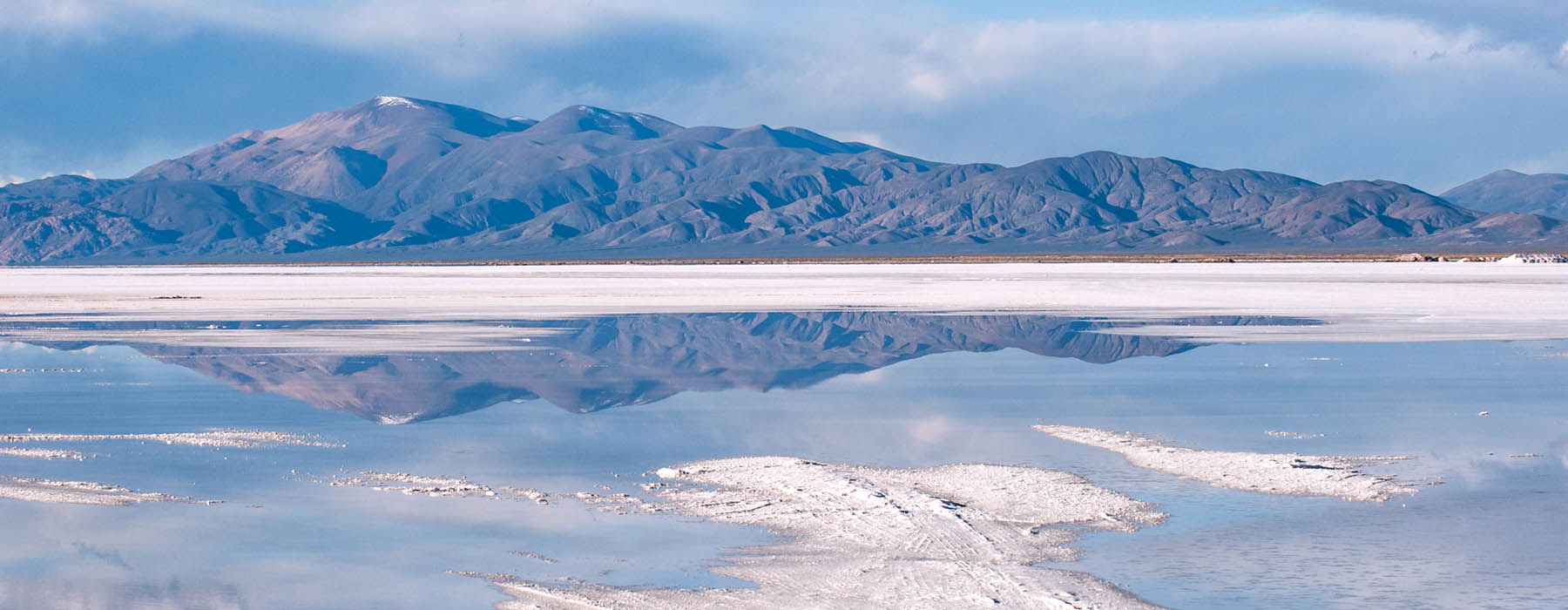January
February
March
April
May
June
July
August
September
October
November
December
As the eighth largest country in the world, stretching 2,360 miles from north to south, Argentina encompasses a wide array of landscapes and terrains. There are also significant differences in altitudes across the country, ranging from 344ft below sea level (Laguna del Carbón) to over 22,000ft above sea level (Cerro Aconcagua). Thanks to these altitude variations and the country’s immense size, the climate throughout Argentina varies considerably and, given its location in the southern hemisphere, the seasons are generally opposite to those in the UK. The best time to visit Argentina therefore differs depending on the region that you wish to visit; the northernmost regions boast the warmest temperatures, with a subtropical climate, while the southern regions are subject to Arctic influences and located within a ‘subarctic’ climate zone. October to mid-December (their spring) and April to mid-June (their autumn) are generally the best times to visit Argentina, in order to avoid tourist crowds and the higher prices of peak season.
Buenos Aires
The country’s capital, Buenos Aires, has a temperate yet humid climate. The winter months (from May to September) are mild, and July is generally the coldest month, with average temperatures of 11°C. On the other hand, January is the warmest and most humid month, averaging around 25°C, although sometimes reaching highs of 40°C. Thankfully, the city’s humidity is often diminished by the presence of two winds, the Pampero (from the southwest) and Sudestada (from the southeast), which offer respite from the sometimes stifling heat. Springtime, from September to November, is a good time to visit, as days are less humid but still warm.
Misiones and Corrientes
Located in the northeast of Argentina, the Misiones and Corrientes provinces have subtropical climates, with average temperatures of 16-18°C in the winter and 25°C in the summer (sometimes peaking at 40°C). The Corrientes benefits from a relatively mild climate, however the Misiones is the wettest region of the country, with no dry season and heavy rainfall (especially at night). The humidity here is between 75 and 90%, and in both provinces you’ll find strong winds hailing from the east.
Cordoba and Central Sierra
The climate in this part of the country is divided into two main areas; close to the Pampas, there is a temperate climate, while in the north, the climate is more subtropical and there is a clear dry season from November to February (with temperatures around 30°C). This region is renowned for its stunning mountain ranges (the Sierras) and during the summer the weather resembles that of the Mediterranean. However, rainfall does differ in each part of the mountain range – the western side is more arid, with less than 15 inches of rainfall each year, while the eastern side is more humid, with up to 47 inches per year. The average temperature drops at higher altitudes, so bear this in mind if travelling to cities located above 6,500ft, where it’s likely to be cooler than 14°C.
The Argentine Northwest
The north of Argentina has a subtropical climate, however the region also sees cooler temperatures during the winter. The northwest is the most arid region, with very high temperatures in the summer – averages are above 35°C, although can rise to 45°C – which can sometimes feel uncomfortable. During the winter, temperatures average a more pleasant 20°C, however at night this can drop below 10°C and as low as 0°C. In terms of rainfall, this is limited to around 4 inches in the northwest, although tends to be heavier in the Tucumán and Salta provinces. The Iguacu Falls are popular with both tourists and locals, so it’s advisable to visit outside of the main holiday periods (January, Easter and July) to avoid the crowds. From September to December and February to May, the weather is still good but there will be fewer visitors, so these are the best months to visit the Iguacu Falls.



